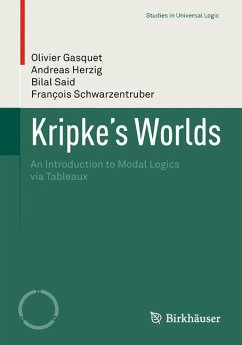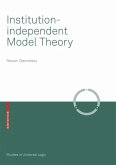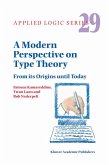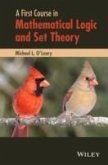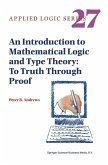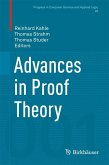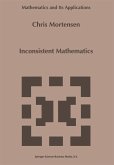This book follows a more general approach by trying to build a graph, the advantage being that a graph is closer to a Kripke model than a tree. It provides a step-by-step introduction to possible worlds semantics (and by that to modal and other nonclassical logics) via the tableaux method. It is accompanied by a piece of software called LoTREC (www.irit.fr/Lotrec). LoTREC allows to check whether a given formula is true at a given world of a given model and to check whether a given formula is satisfiable in a given logic. The latter can be done immediately if the tableau system for that logic has already been implemented in LoTREC. If this is not yet the case LoTREC offers the possibility to implement a tableau system in a relatively easy way via a simple, graph-based, interactive language.
>dy>
Dieser Download kann aus rechtlichen Gründen nur mit Rechnungsadresse in A, B, BG, CY, CZ, D, DK, EW, E, FIN, F, GR, HR, H, IRL, I, LT, L, LR, M, NL, PL, P, R, S, SLO, SK ausgeliefert werden.
"This is an excellent book to use -- either as a stand-alone text or with another textbook -- for an introductory undergraduate course in logic addressed to majors in the humanities, social sciences, computer science, or mathematics. ... A basic unifying theme of the book is to construct models of possible worlds and to check formula satisfiability using graph-theoretic tableaux systems." (Russell Jay Hendel, MAA Reviews, February, 2014)
"This book provides an accessible introduction to modal logics indeed. ... The book is well written and quite informative ... . It can be used as an easy-going introduction for all who are interested in automated reasoning and need some formal tools for playing with modal logics." (Andrzej Indrzejczak, zbMATH, Vol. 1280, 2014)

